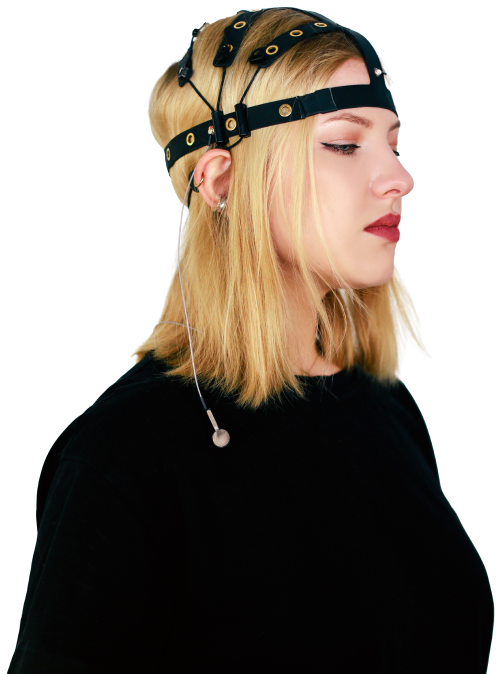Derzeit führen wir eine zweijährige Anwendungsbeobachtung durch, an der mehr als 20 Ärzte, ihre Mitarbeiter/innen sowie 500 bis 1000 Patienten beteiligt sind. Das Ziel der Studie ist nachzuweisen, dass durch die Überwachung von Patienten in ihrem häuslichen Umfeld mithilfe des F1, die Früherkennung neurologischer Erkrankungen ermöglicht wird. Dadurch kann eine bessere Diagnose sowie Therapie erreicht und schließlich das Leben der Patienten verbessert werden.
Veröffentlichungen
Home monitoring examinations offer diagnostic and economic advantages compared to inpatient monitoring. In addition, these technical solutions support the preservation of health care in rural areas in the absence of local care providers. The acceptance of patients is crucial for the implementation of home monitoring concepts. The present research assesses the preference for a health service that is
The feasibility phase of the HOME (Home-Monitoing and Education) project aims to show the practical feasibility of Electroencephalography (EEG) home-monitoring using a patient-controlled mobile system. Its objective is to assess the potential diagnostic and therapeutic yields of home-monitoring compared to conventional healthcare…
EEG recordings in cases of suspected epilepsy have an average recording time of 20–30 min and are carried out using conventional stationary devices. Recordings that are longer, more frequent and created during home monitoring increase the event capture rate and can lead to a gain in knowledge…
Dry electrode electroencephalogram (EEG) recording combined with wireless data transmission offers an alternative tool to conventional wet electrode EEG systems. However, the question remains whether the signal quality of dry electrode recordings is comparable to wet electrode recordings in the clinical context…
The ongoing trend towards digitization as well as the increasingly powerful electronic components and processors may lead to new technical developments and concepts which influence and change the way, electroencephalograms (EEG) are acquired and evaluated…
The new portable dry-electrode EEG device is suitable to meet the HOME projects’ goal of establishing a patient-controlled EEG home-monitoring in the routine care of neurological outpatients…
Telemedicine for people with epilepsy aims to facilitate a thorough diagnosis and therapy regardless of regional constraints. In Germany, this is especially important in rural regions. This review aims to outline current tele-epileptological applications, with a special regard to the individual frameworks, demands, challenges and technical solutions. The requirements of pediatric tele-epileptology are explored. Special considerations are given to the technical and diagnosis guidelines required to review tele-EEG. Projects conducted in the recent past demonstrate positive results in patient care…
Recent advances in dry electrodes technology have facilitated the recording of EEG in situations not previously possible, thanks to the relatively swift electrode preparation and avoidance of applying gel to subject’s hair…
The HOMEONE study is part of the larger HOME project, which aims to provide evidence of diagnostic and therapeutic yield (“change of management”) of a patient-controlled portable EEG device with dry electrodes for the purposes of EEG home-monitoring neurological outpatients…
Sie haben Fragen? Wir sind persönlich für Sie da.

Ihr Ansprechpartner Robert Dittmann
+49 152 2173 4370
robert@telemedi.tech
Service
Wir begleiten Sie bei allen Fragen rund um den Einsatz und die Nutzung unserer F1 EEG-Haube.



